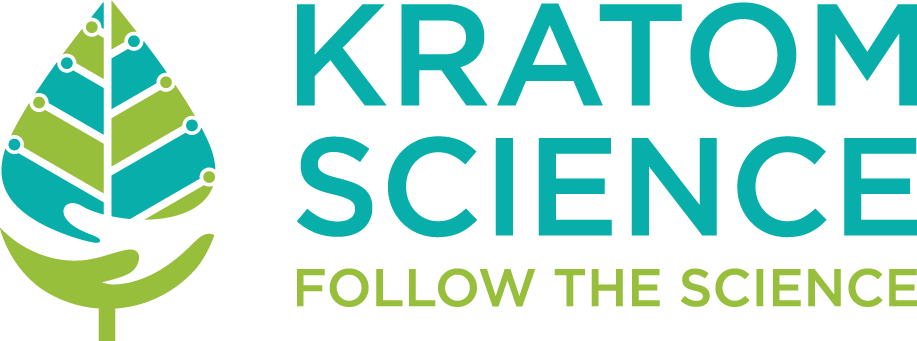
In a recent move, the Cabinet of Ministers of Ukraine has officially banned kratom, categorizing it as a narcotic substance alongside its primary alkaloid, mitragynine. This decision adds kratom to Ukraine’s list of plants and substances regulated under drug control laws, effectively prohibiting its manufacture, sale, and personal purchase by citizens. However, legal entities with appropriate state licensing can still access kratom for medicinal, educational, or research purposes.
This decision comes amidst ongoing efforts by Ukraine to refine its drug policies, even as the nation faces the compounded challenges of war and public health crises. Below, we explore the broader context of drug regulations in Ukraine, the factors influencing the kratom ban, and the potential implications of this decision.
Understanding Kratom and Its Regulation
Kratom, derived from the leaves of the Mitragyna speciosa tree native to Southeast Asia, has been used traditionally for its stimulant and analgesic properties. In recent years, it has gained global popularity as a natural alternative for managing pain, anxiety, and opioid withdrawal. However, concerns about its potential for dependency and misuse have prompted varying regulatory responses worldwide, ranging from classification as a controlled substance to outright bans in several countries.
By banning kratom, Ukraine aligns its stance with nations that consider the substance’s risks outweigh its potential benefits, despite growing international debate about its medicinal applications.
Drug Policy Landscape in Ukraine
Harm Reduction Focus
Ukraine has historically emphasized harm reduction over punitive measures for substance abuse. For instance, the country supports opioid substitution therapy (OST) programs, including access to medications like methadone and buprenorphine. Additionally, naloxone, a life-saving drug for opioid overdose reversal, is readily available over the counter.
Decriminalization of Private Use
While private drug use is not a criminal offense, Ukraine imposes strict penalties for drug use in public spaces, particularly in schools, cultural venues, or sporting facilities. Under Article 316 of the Criminal Code, public drug use can result in imprisonment for up to three years.
Policy Evolution Amidst Wartime Conditions
Since the Russian invasion in February 2022, Ukraine has been operating under martial law. This has significantly shaped the country’s governance, including its approach to law enforcement and public health. Martial law permits the government to prioritize national security by enforcing curfews, reallocating resources, and suspending certain civil liberties.
Despite these challenges, Ukraine has maintained its focus on drug monitoring and harm reduction. The establishment of a national drug and alcohol monitoring program in 2019, in alignment with European Monitoring Centre for Drugs and Drug Addiction (EMCDDA) standards, reflects a long-term commitment to evidence-based policymaking.
Medicinal Product Quality Control
Recent government efforts to enhance the regulation of medicinal products underscore Ukraine’s dedication to public health. Although regular inspections were suspended due to martial law, unscheduled inspections continued for critical cases. Starting January 2025, the government plans to reinstate comprehensive supervision of licensing conditions for medicinal products.
Why Ban Kratom Now?
The timing of the kratom ban raises questions about the government’s rationale. Several factors could have influenced the decision:
- Health Concerns: While kratom is often marketed as a natural remedy, its unregulated use can lead to dependency and adverse health effects. By banning it, Ukraine may aim to mitigate these risks.
- Alignment with International Standards: As Ukraine strengthens ties with the European Union, aligning its drug policies with EU standards could be a strategic move.
- Focus on Controlled Environments: Allowing licensed entities to study and use kratom ensures that its potential benefits can be explored safely, without the risks of public misuse.
Potential Implications of the Ban
The prohibition of kratom may have mixed consequences. On one hand, it underscores Ukraine’s proactive stance on public health and aligns its drug policies with international best practices. On the other hand, it could push kratom use underground, complicating efforts to monitor and regulate its effects.
For individuals who relied on kratom for pain management or as an alternative to opioids, the ban could limit access to a potentially beneficial substance. However, licensed research and medicinal use might eventually pave the way for safer, evidence-based applications of kratom in Ukraine.
Ukraine’s decision to ban kratom reflects a cautious approach to addressing emerging substance use trends while maintaining public health priorities. In the broader context of the nation’s evolving drug policies, this move highlights the government’s commitment to evidence-based regulation, even amidst the challenges of wartime governance.
As Ukraine continues to navigate its path toward stability, its drug laws will likely remain a critical component of both domestic policy and international alignment efforts. How the kratom ban shapes public health outcomes and research developments will be a key area to watch in the coming years.



